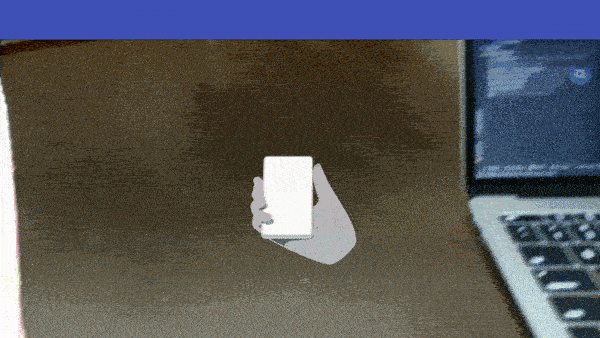How to place a object without tapping on the screen
Although I suggest you place the object when a user taps & where s/he taps on the screen, what you're asking can be achieved like so. (this example is in Kotlin)
Before you begin placing an object, you need to create a ModelRenderable. Declare one @Nullable globally.
private var modelRenderable: ModelRenderable? = null
//Create the football renderable
ModelRenderable.builder()
//get the context of the ARFragment and pass the name of your .sfb file
.setSource(fragment.context, Uri.parse("FootBall.sfb"))
.build()
//I accepted the CompletableFuture using Async since I created my model on creation of the activity. You could simply use .thenAccept too.
//Use the returned modelRenderable and save it to a global variable of the same name
.thenAcceptAsync { modelRenderable -> [email protected] = modelRenderable }
The major chunk of the programming has to be done on the frame's onUpdate method. So you attach a listener for frame updates like so
fragment.arSceneView.scene.addOnUpdateListener(this@MainActivity) //You can do this anywhere. I do it on activity creation post inflating the fragment
now you handle adding an object on the listener.
override fun onUpdate(frameTime: FrameTime?) {
//get the frame from the scene for shorthand
val frame = fragment.arSceneView.arFrame
if (frame != null) {
//get the trackables to ensure planes are detected
val var3 = frame.getUpdatedTrackables(Plane::class.java).iterator()
while(var3.hasNext()) {
val plane = var3.next() as Plane
//If a plane has been detected & is being tracked by ARCore
if (plane.trackingState == TrackingState.TRACKING) {
//Hide the plane discovery helper animation
fragment.planeDiscoveryController.hide()
//Get all added anchors to the frame
val iterableAnchor = frame.updatedAnchors.iterator()
//place the first object only if no previous anchors were added
if(!iterableAnchor.hasNext()) {
//Perform a hit test at the center of the screen to place an object without tapping
val hitTest = frame.hitTest(frame.screenCenter().x, frame.screenCenter().y)
//iterate through all hits
val hitTestIterator = hitTest.iterator()
while(hitTestIterator.hasNext()) {
val hitResult = hitTestIterator.next()
//Create an anchor at the plane hit
val modelAnchor = plane.createAnchor(hitResult.hitPose)
//Attach a node to this anchor with the scene as the parent
val anchorNode = AnchorNode(modelAnchor)
anchorNode.setParent(fragment.arSceneView.scene)
//create a new TranformableNode that will carry our object
val transformableNode = TransformableNode(fragment.transformationSystem)
transformableNode.setParent(anchorNode)
transformableNode.renderable = [email protected]
//Alter the real world position to ensure object renders on the table top. Not somewhere inside.
transformableNode.worldPosition = Vector3(modelAnchor.pose.tx(),
modelAnchor.pose.compose(Pose.makeTranslation(0f, 0.05f, 0f)).ty(),
modelAnchor.pose.tz())
}
}
}
}
}
}
I used one extension method
//A method to find the screen center. This is used while placing objects in the scene
private fun Frame.screenCenter(): Vector3 {
val vw = findViewById<View>(android.R.id.content)
return Vector3(vw.width / 2f, vw.height / 2f, 0f)
}
This is the end result

If you don't want to use hit-testing or button's action methods for placing an object in a real environment, you can use, for instance, a camera's Pose for auto-placement (remember, you have to add an ARAnchor, its corresponding Node and a Renderable in front of the ARCamera i.e. along -Z direction):
if (this.anchorNode == null) {
Session session = arFragment.getArSceneView().getSession();
float[] position = { 0, 0, -0.75 }; // 75 cm away from camera
float[] rotation = { 0, 0, 0, 1 };
Anchor anchor = session.createAnchor(new Pose(position, rotation));
anchorNode = new AnchorNode(anchor);
anchorNode.setRenderable(yourModelRenderable);
anchorNode.setParent(arFragment.getArSceneView().getScene());
}
Hope this helps.